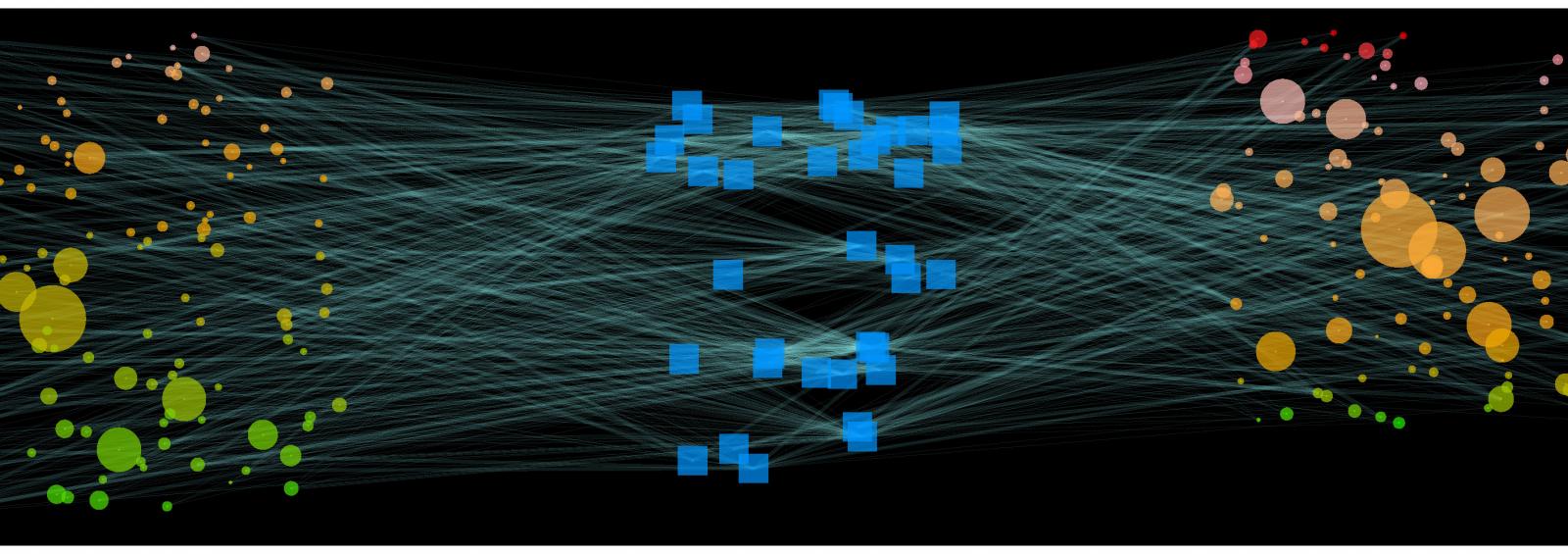Segal Lab

Our group investigates molecular signatures left by microbes that reach the lower airways and how the host react to them in health and disease.
What we focus on
The fundamental principle of the NYU Translational Lung Biology Laboratory relies on the philosophy that cutting-edge investigations in Pulmonary Medicine will arise from collaborative efforts across investigators and disciplines. We are a group of physician scientist with the shared interest of advancing knowledge in pulmonary medicine through the use of cutting edge omic approaches. These investigations require the development of large sets of patient cohorts with well characterized metadata and carefully planned biorepositories. We are at the intersection between a complex microbial world and the host immune tone in the lung mucosa. This interface was previously thought to be sterile in health and mere presence of bacteria was deemed as synonymous with pathogenic infection. Through the use of molecular techniques that do not depend on what’s culturable, we now know that the lower airways are frequently exposed to bacteria and other microbes, leaving molecular traces of their presence and reflecting a complex microbial community. This is also true in disease states such as chronic inflammatory airway diseases and malignancies, where we are interested in evaluating dysbiotic signatures that contribute to the inflammatory tone and immune surveillance. Further, we are contributing to understanding the role of these diverse microbial communities in the presence of infections, where, contrary to the common perception that these are due to a single organism, we commonly find multiple microbes that can even be more dominant than the one assigned as pathogen.
Platforms
Novel advances in culture independent techniques now allow us to explore multiple microbial signatures in a throughput approach. This allows us to comprehensively characterize microbial communities and host immune response patterns.
16S rRNA Gene Sequencing
This cost-effective approach is based on the use of bacterial gene amplification (the 16S rRNA gene) to taxonomically profile the bacterial microbiota in a sample. This is a very sensitive technique that we have optimized for low biomass samples, such as lower airway samples. Using this approach, we can recognize distinct microbial community patterns marked by different composition of metacommunities or pneumotypes. In addition, we can estimate the metagenome (genomic potential of a microbial community) by inferring the genes present based on the taxonomic composition and genomic references databases.
Whole Genome Shotgun Sequencing
To measure the genomic potential, we can sequence the isolated DNA from lower airway samples. This allows us to identify genes that could support distinct metabolic functions in a defined microbial community.
RNA Metatranscriptome
RNA sequencing of microbial RNA within lower airway samples provides insights into activation of specific metabolic functions within a microbial community. Thus, the study of the metatranscriptome provides insights into functional aspects of the microbial communities existing throughout the respiratory tract.
Host Immune Profiling
We use multiple different platforms that look at the immune tone in the host allowing us to explore microbial-host interactions. To this end, we focus on RNA sequence for host transcriptome, protein measurement, and cell subtyping through polychromatic flow and single cell RNA sequencing.
Metabolomic profiling
This approach includes targeted quantitative approaches to measure a limited set of metabolites, such as short chain fatty acids, or a broad untargeted approach through LC-MS. The metabolites measured in the lower airways allow us to estimate how the microbial functions and host metabolism affects the metabolic environment in the lower airways. Importantly, many of these metabolites have significant immunoregulatory properties that can affect disease pathogenesis.
Multi-omic Data Integration
Our analytical framework is suited for multi-omic datasets and is key to uncovering microbial host interactions. Big data, such as those generated with the above described omic pipelines, require special analytical approaches since the data is sparse and compositional requiring special adjustment for possible confounders and multiple comparisons. Our framework is developed in conjunction with our collaborators in statistics, bioinformatics, and system biology, and includes pipelines such as SparCC, CompPLS, and SPIEC-EASI, among others. The goal is to generate a robust statistical approach that includes novel ways to visualize the data.
In the News
The Scientist: Breathing Life into Lung Microbiome Research
The Lung Microbiome May Affect Lung Cancer Pathogenesis and Prognosis
Lung Samples May Reveal Biosignatures of Worse COVID-19 Outcomes
Lung's Microbiome Might Play Role in Cancer
Contact Us
For more information about our lab and research, please email Dr. Segal at leopoldo.segal@nyulangone.org.